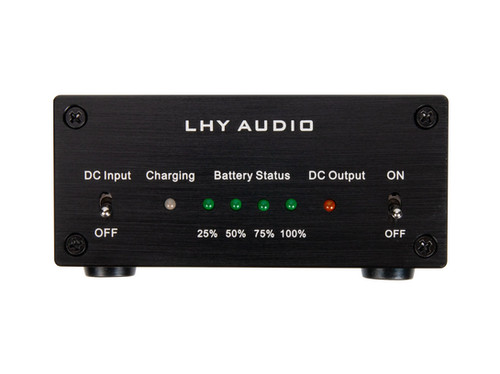If we're talking about portable power banks, like the Samsung one posted above, in most cases they're using multiple Li-ion cells (the voltage of each cell varies from 4.2V to 2.8V as it discharges).
Also, the few ones I've disassembled have one thing in common: no room for large capacitors or heat sinks for linear regulators.
As such, I would say that if a power bank is portable then it's very likely to use dc-dc converters in a profit-oriented way.
I agree that one can build its own low-noise power supply but the final cost depends on the design decisions and the parts already owned.
Also, the few ones I've disassembled have one thing in common: no room for large capacitors or heat sinks for linear regulators.
As such, I would say that if a power bank is portable then it's very likely to use dc-dc converters in a profit-oriented way.
I agree that one can build its own low-noise power supply but the final cost depends on the design decisions and the parts already owned.



